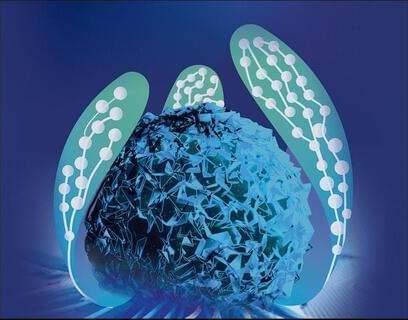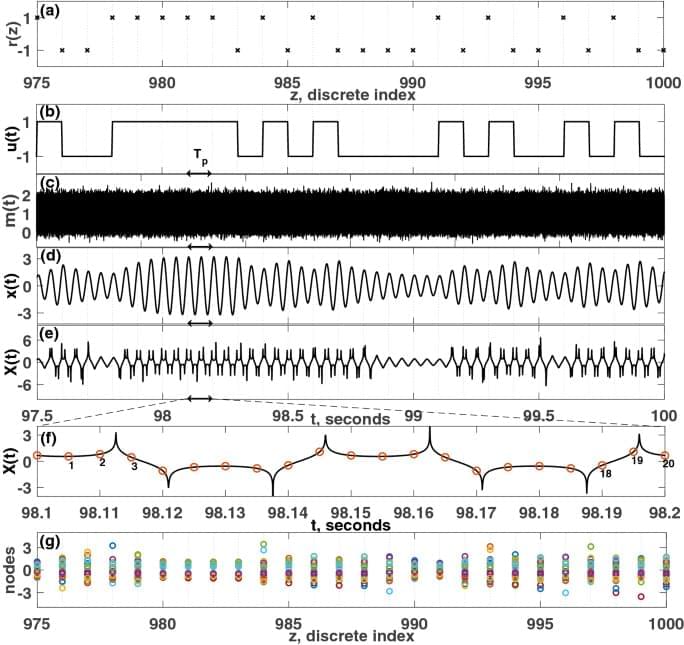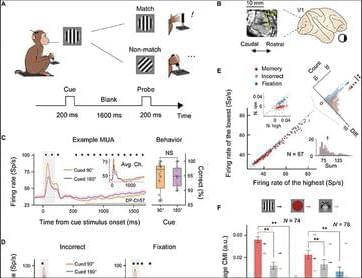NASA Glenn engineers Chirs Kantzos and Tim Smith can now call themselves inventors, too. They are the minds behind NASA’s breakthrough material, a superalloy…
Get the latest international news and world events from around the world.
Tesla’s Robotaxi: Unlocking Trillions in Market Valuation
Brighter with Herbert.



A Hopf physical reservoir computer
Scientific Reports volume 11, Article number: 19,465 (2021) Cite this article.

Neuronal representation of visual working memory content in the primate primary visual cortex
To capture a broader understanding of memory encoding, we expanded our experiments to include two other stimulus types: colors and face pictures (see Materials and Methods). Both monkeys demonstrated high accuracy in memorizing grating orientations in the “orientation DMTS” task, colors in the “color DMTS” task, and face pictures in the “face DMTS” task [DP: ~94% and DQ: ~87% versus 50%, all P < 0.01 (one-sample t test)] (fig. S1), indicating that they had been well trained.
We implanted a Utah array in each monkey’s V1 area (see Materials and Methods; Fig. 1B) and presented the stimuli onto the receptive field (RF) centers of the recorded neurons (fig. S2, A and D). This enabled simultaneous monitoring of neuronal activity in our experiments. Our analyses focused primarily on neuronal activity before probe stimulus onset.
Representative neuronal responses for two of the VWM content conditions in the orientation DMTS task at a selected electrode are shown in Fig. 1C. During the stimulus period (0 to 200 ms after cue onset), neurons displayed distinct firing patterns between the two content conditions (90° or 180° orientation). An off-response emerged following the cue offset, and activity gradually diminished. During the delay period, defined as 700 to 1,700 ms after cue onset (the thick gray line in Fig. 1C), neurons also exhibited a significant difference in firing rate between the two content conditions (N = 1,810 trials for 90°; N = 1,865 trials for 180°; all marked positions P < 0.01) without any behavioral performance bias (N = 16 sessions, P = 0.94; right panel in Fig. 1C). The difference in response between these two content conditions during the delay period at the same electrode was less prominent in incorrect-response trials and in the fixation task (Fig. 1D).


The Universe’s Biggest Explosions made Elements we are Composed of, but there’s Another Mystery Source out there
After its “birth” in the Big Bang, the universe consisted mainly of hydrogen and a few helium atoms. These are the lightest elements in the periodic table. More-or-less all elements heavier than helium were produced in the 13.8 billion years between the Big Bang and the present day.
Stars have produced many of these heavier elements through the process of nuclear fusion. However, this only makes elements as heavy as iron. The creation of any heavier elements would consume energy instead of releasing it.
In order to explain the presence of these heavier elements today, it’s necessary to find phenomena that can produce them. One type of event that fits the bill is a gamma-ray burst (GRB)—the most powerful class of explosion in the universe. These can erupt with a quintillion (10 followed by 18 zeros) times the luminosity of our sun, and are thought to be caused by several types of event.

| Proceedings of the National Academy of Sciences
Physics meets machine learning.
The Progress and Promise for Science in Indonesia Regional Special Feature focuses on biodiversity and climate change, highlighting research based on the unique geology and biology of a nation comprising more than 17,600 islands, containing about 10 percent of the world’s remaining tropical forests, and home to over 300,000 species of wildlife.
